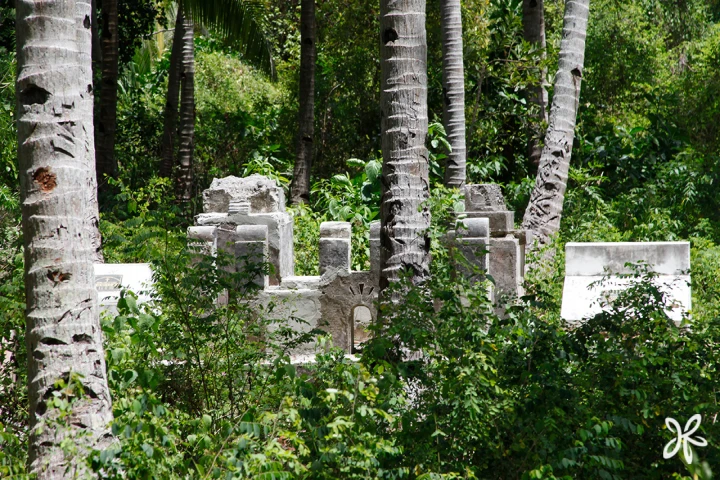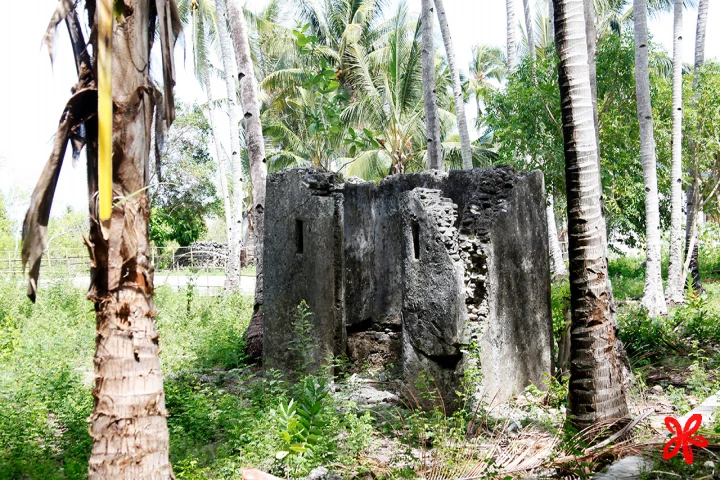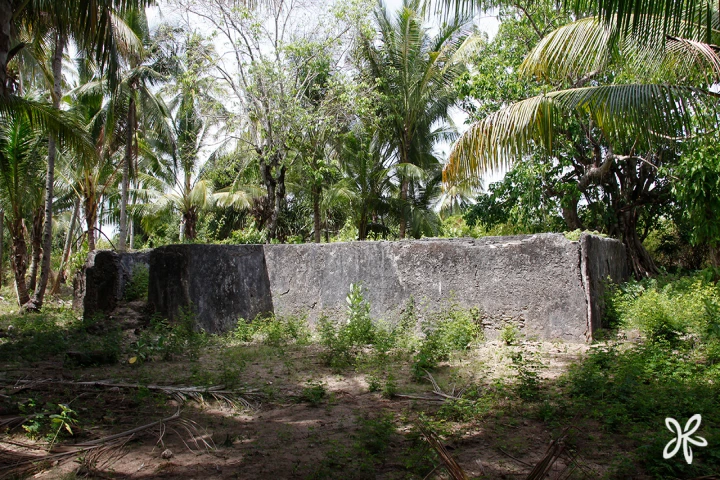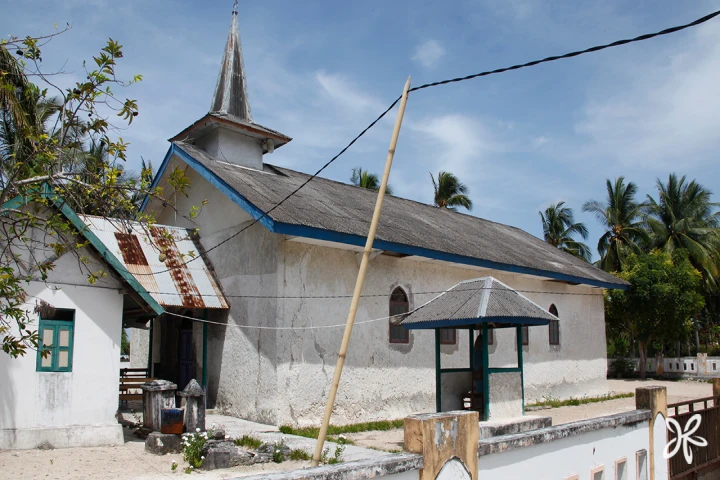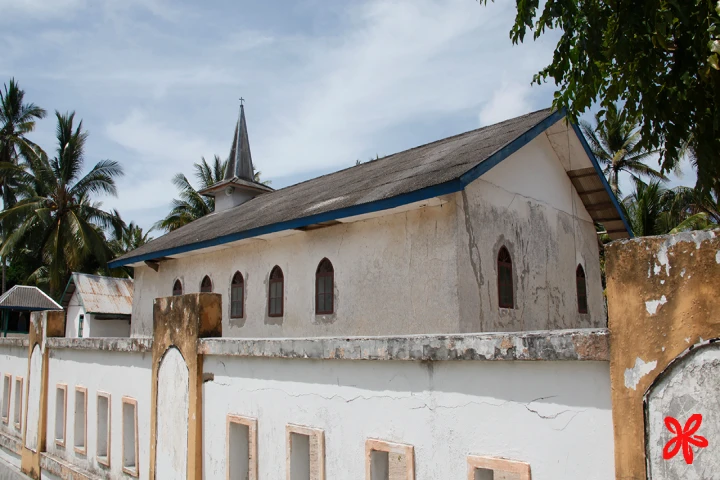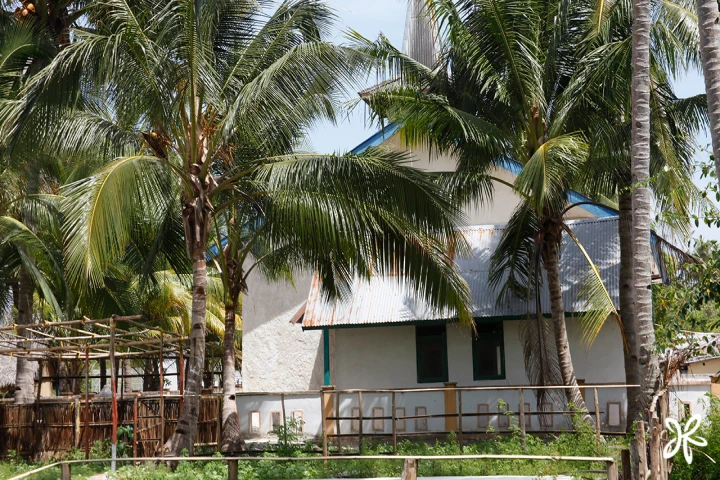The Church and Fort Heritages on Moa Island - Indonesia
admin
1 December 2021
The charm of Maluku spices was the main reason for the western nations to come to Nusantara. Besides aiming to get spices from the primary source, they also monopolized and dominated the world spice market. In the journal "Sistem Pertahanan di Maluku Abad XVII-XIX", Syahrudin Mansyur wrote: The colonization in Asian and African countries had an initial goal of the economy, in which the Europeans only placed the trade representatives in the areas which produced the commodity they needed. However, seeing the huge profit in the spice trade, the domination of the commodity producer area became a must. It became the primary factor in the construction of forts in crucial areas.
Fort Den Haan, in which the remains of the building still exist in Patti village, Southwest Maluku, was one of the forts built by the Dutch in the XVIII-XIX centuries. The fort's construction marked the more conducive position of the Dutch in Nusantara and thought that it was unnecessary to add more defenses. Furthermore, after the Pattimura war in 1817, there was no significant resistance from the locals. Besides Den Haan, the forts built in this period were Follen Haven in 1712 in Moa and Beverwijk in 1845 di Saparua/Nusalaut.
In the nearby place, on the shore of Patti village, an old church stands firmly. Unlike other churches that typically have names, this church doesn't have a name and is called Patti old church. The construction of this church can't be separated from the arrival of the Portuguese when they searched for spices in Nusantara. The church which initially was built by the Portuguese in 1625 was not finished because of the VOC occupation, and the Dutch continued the construction.
Text & Images: Doni Ahmad
